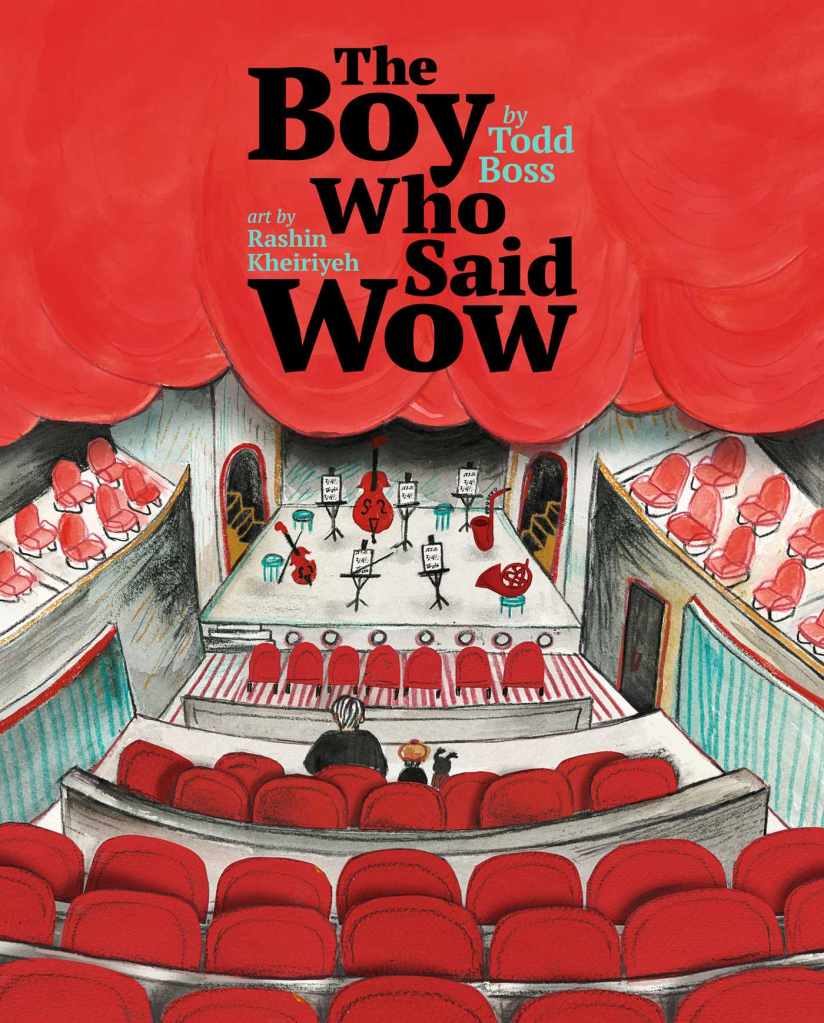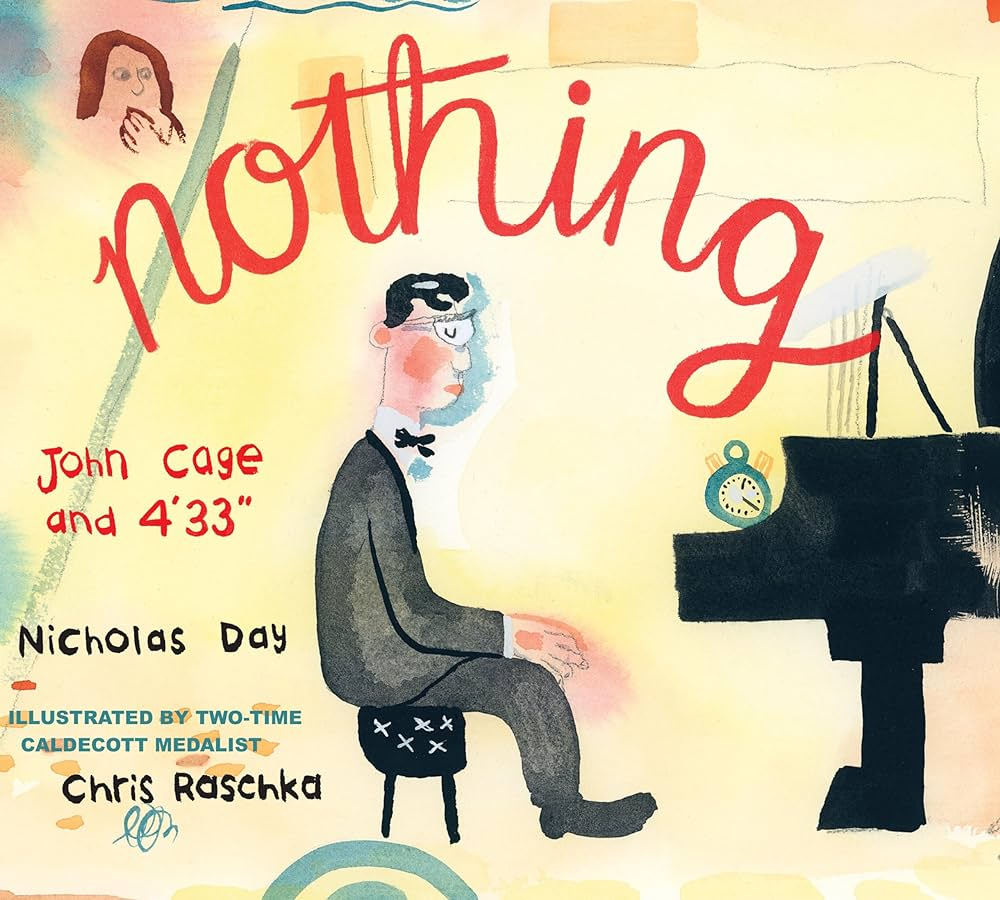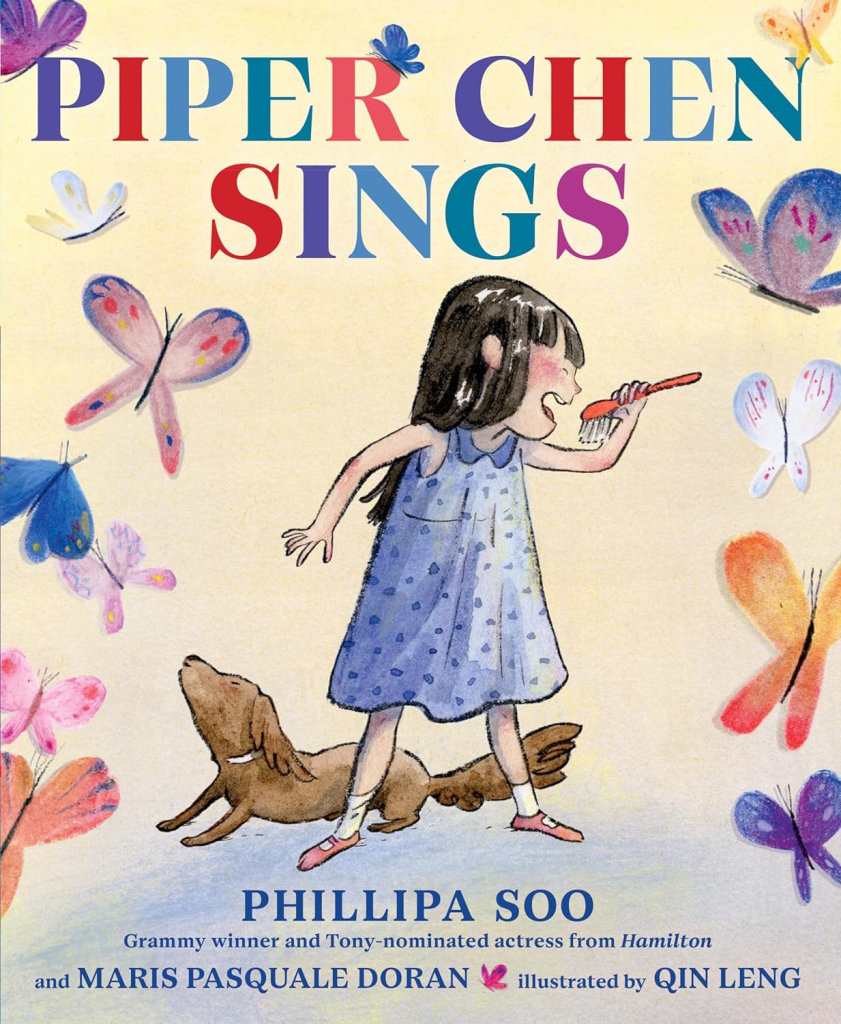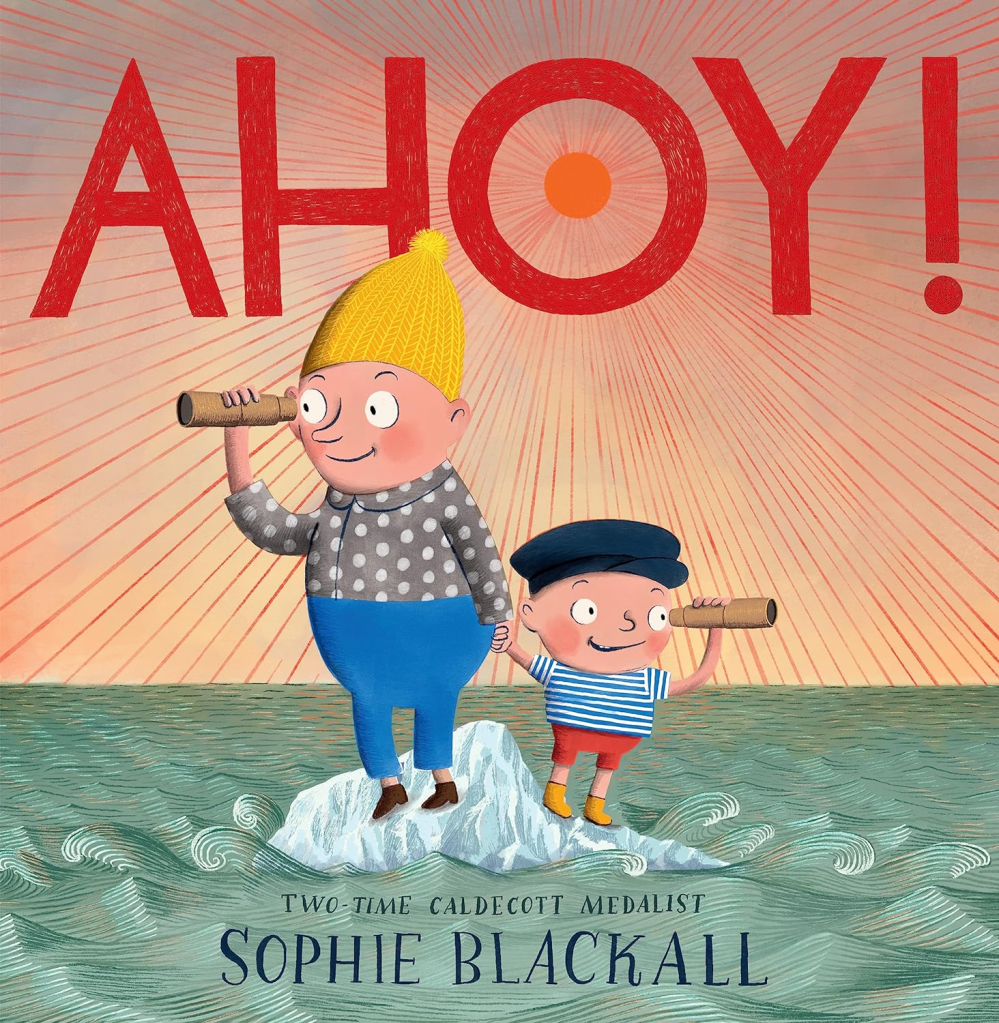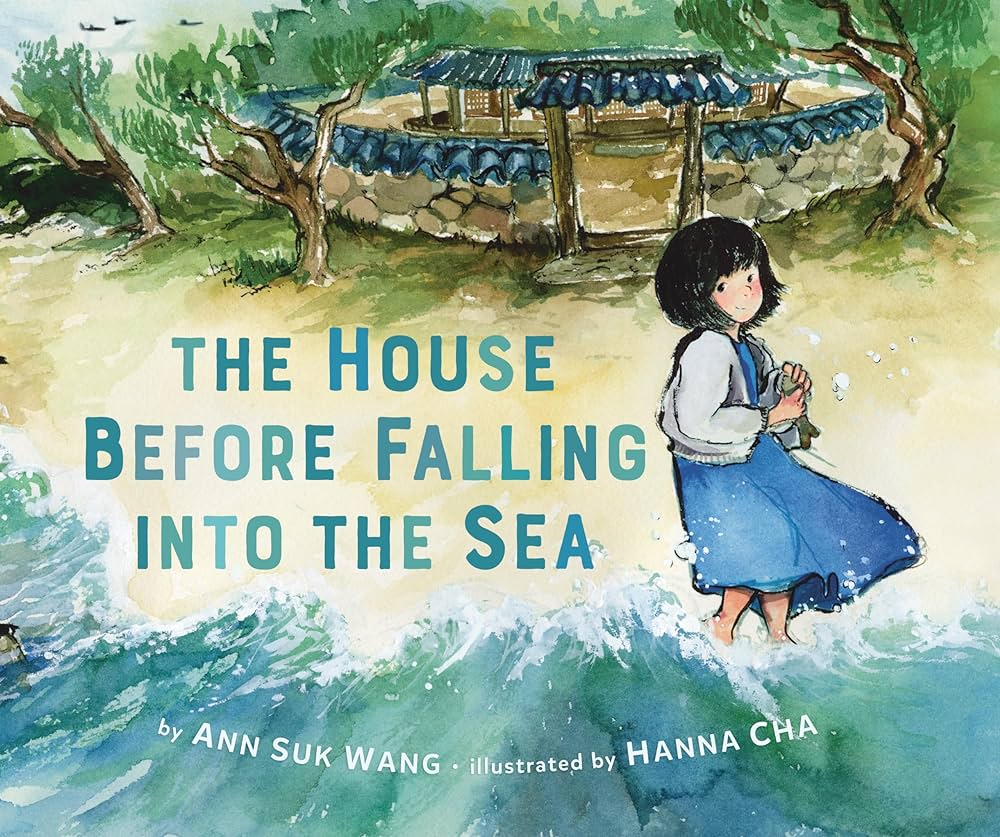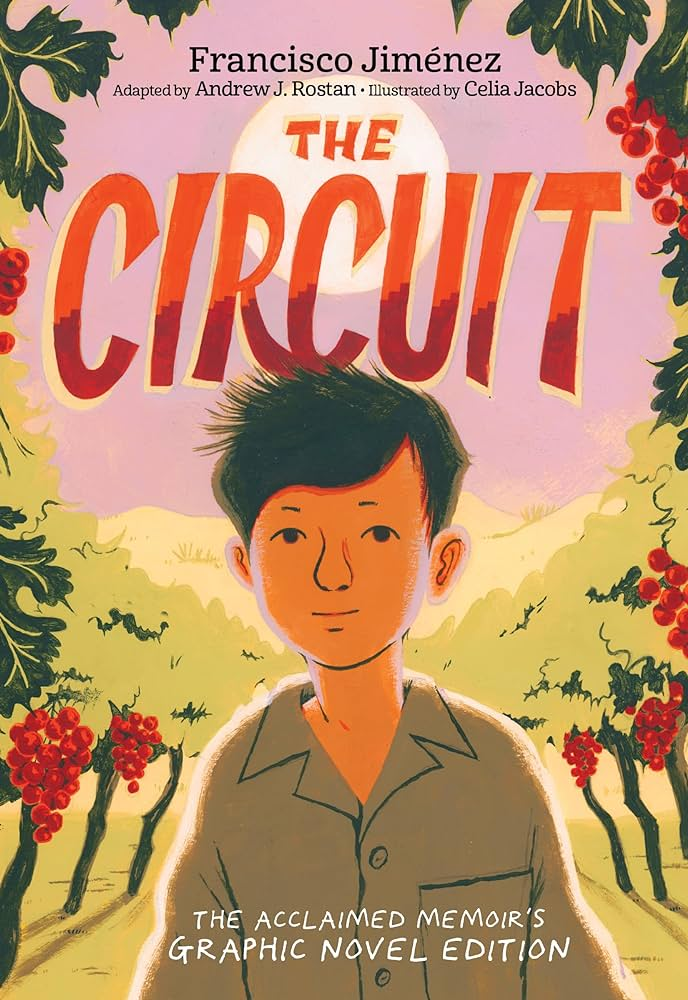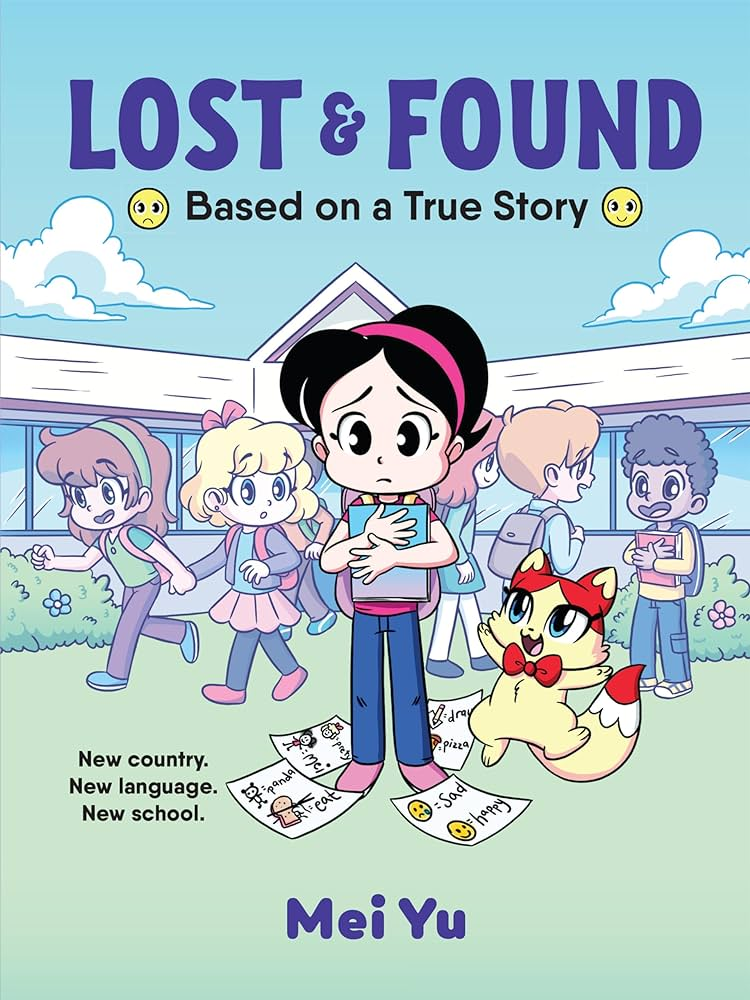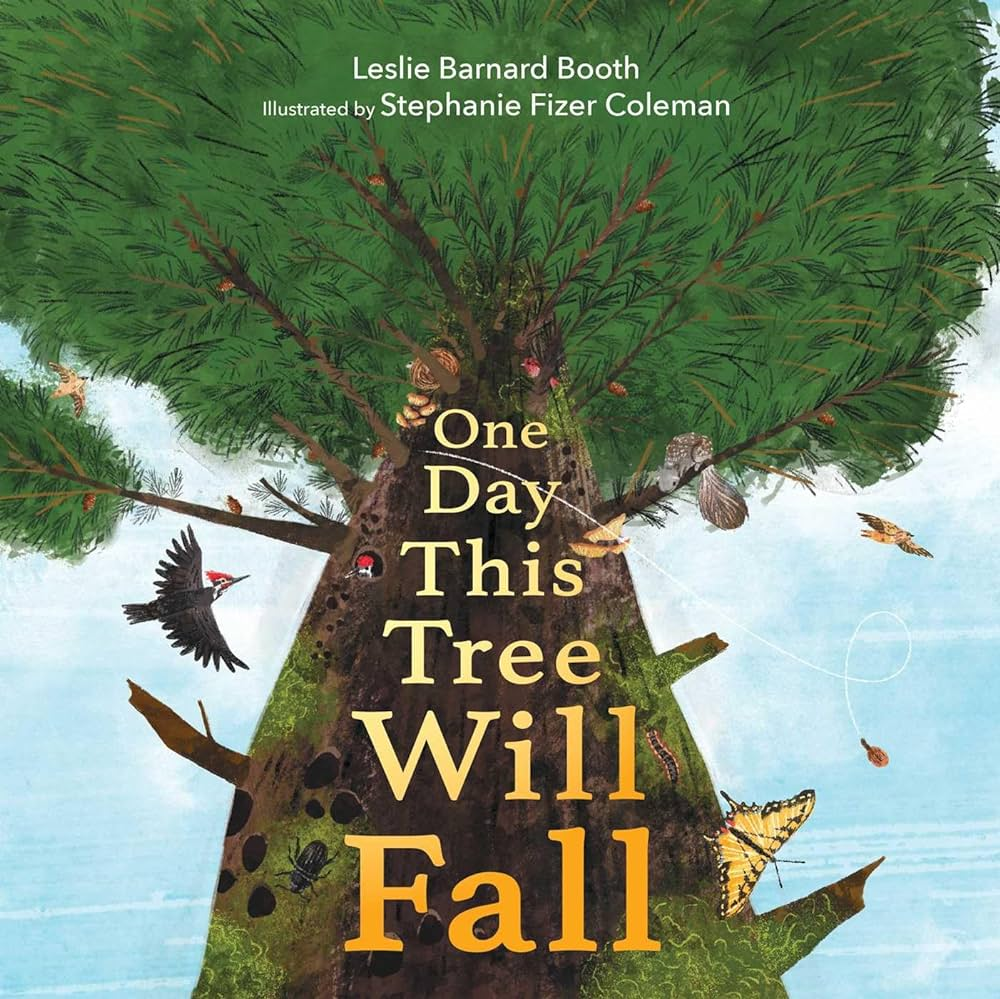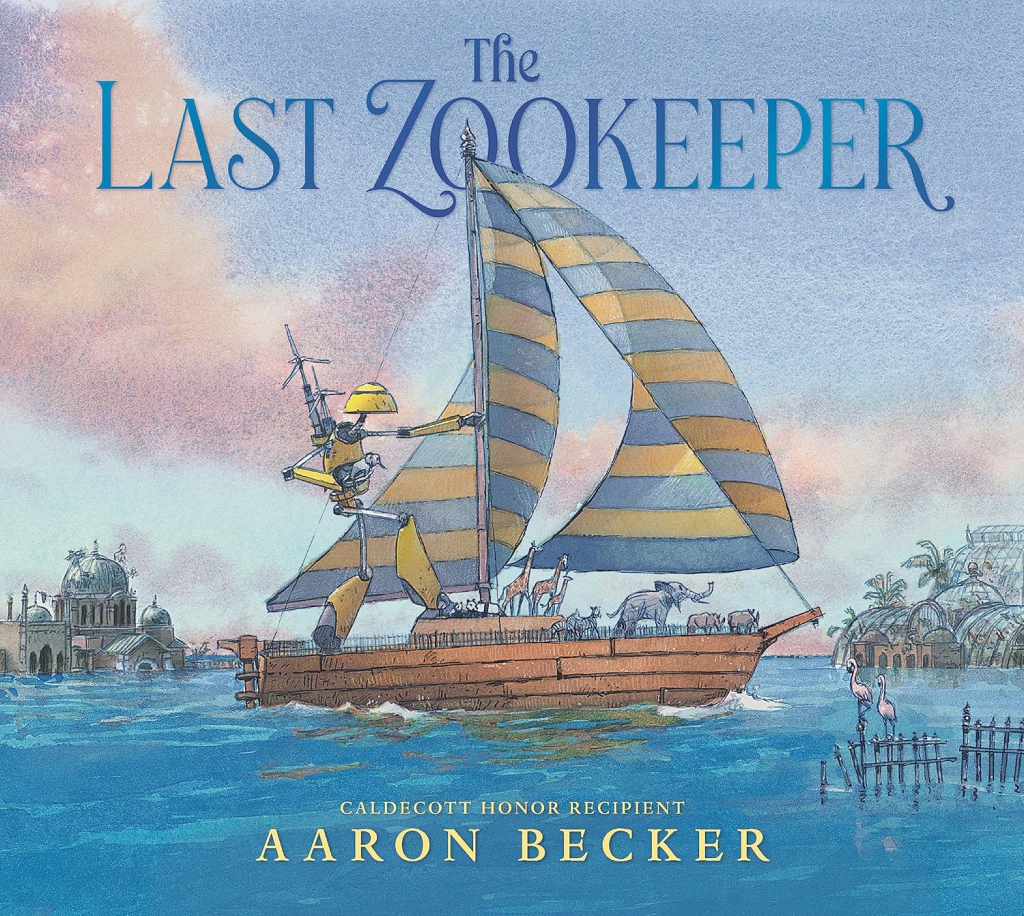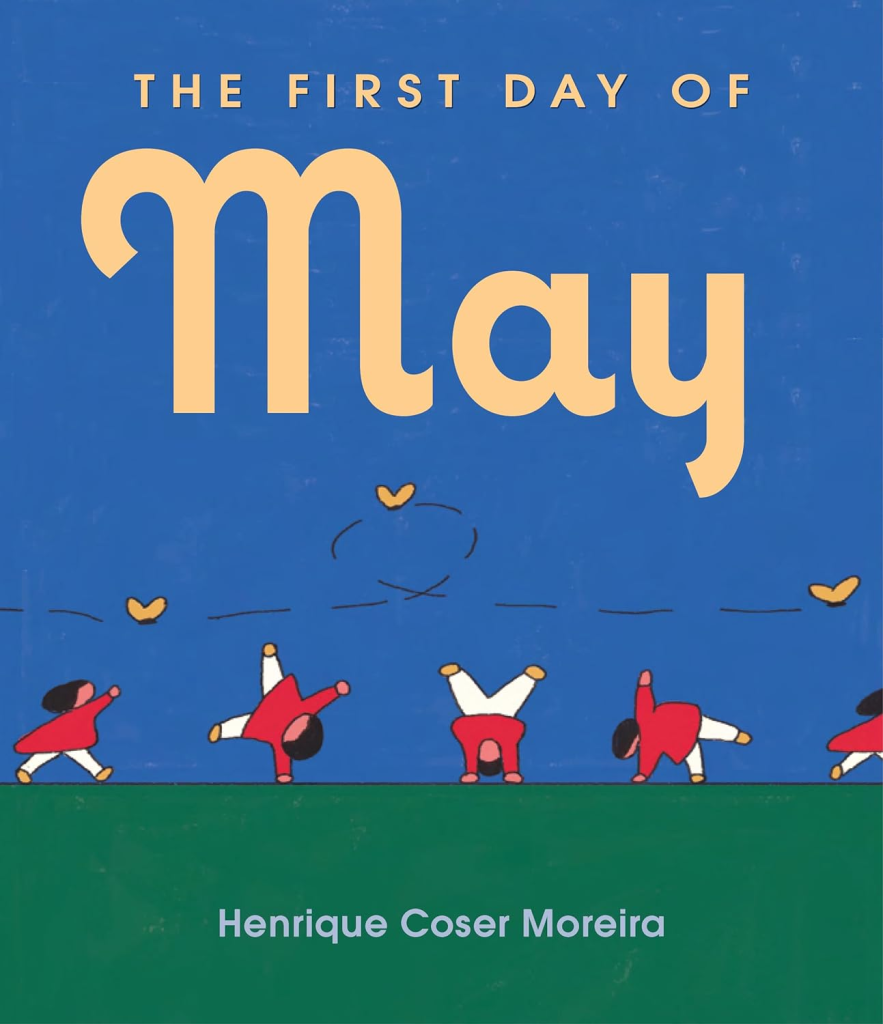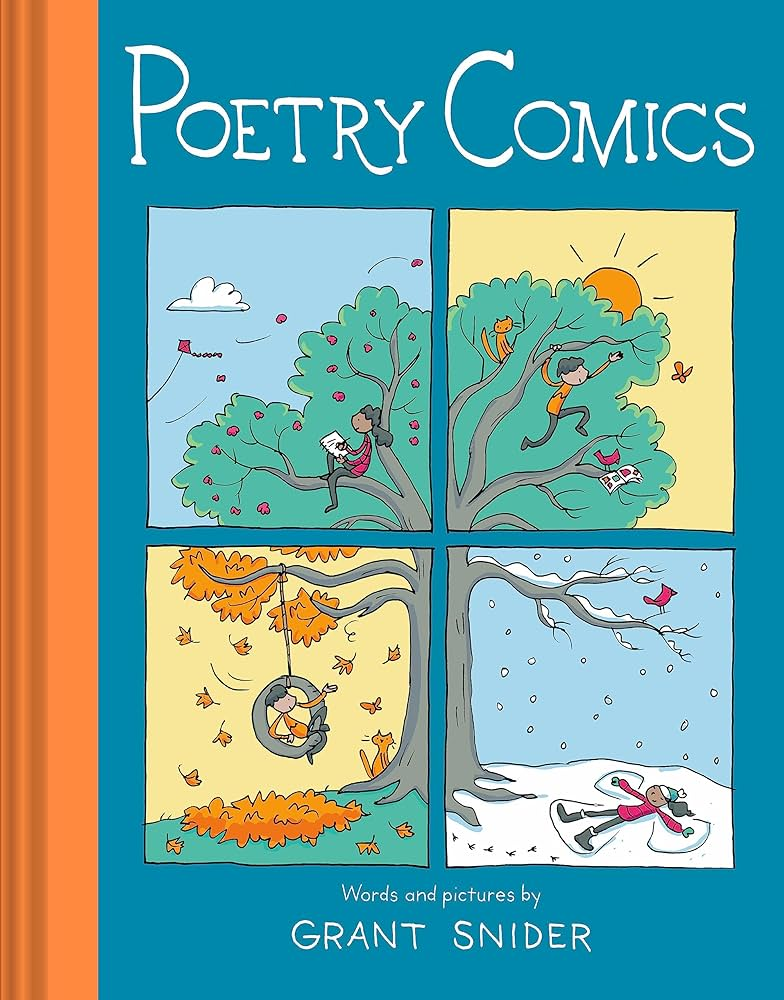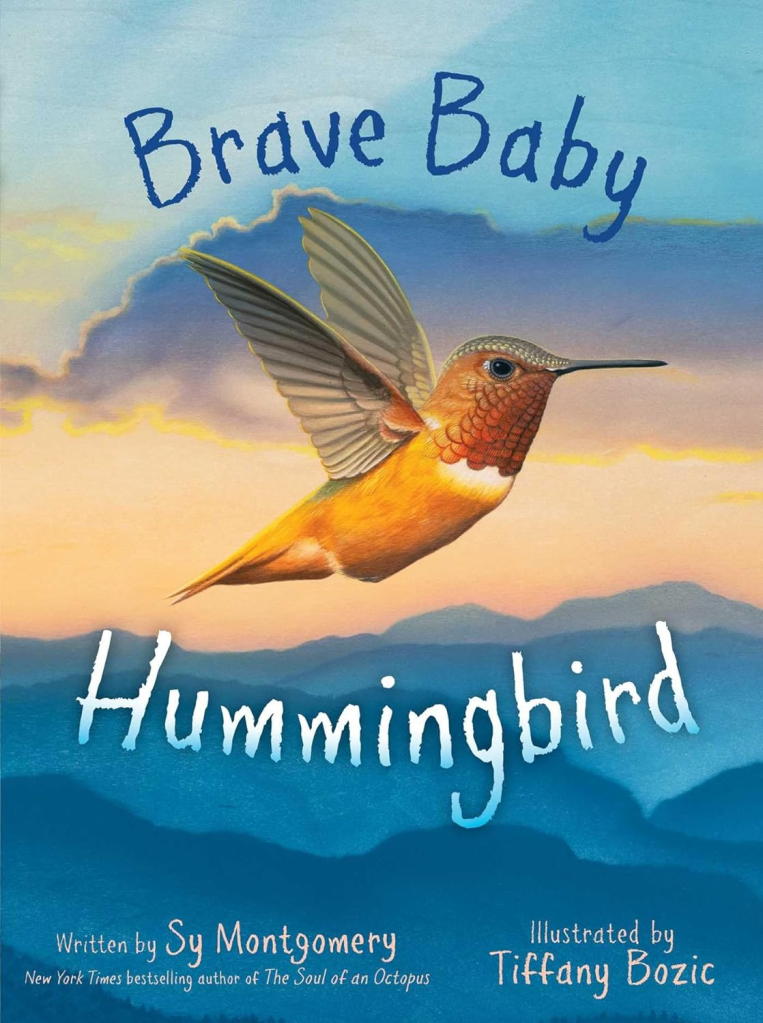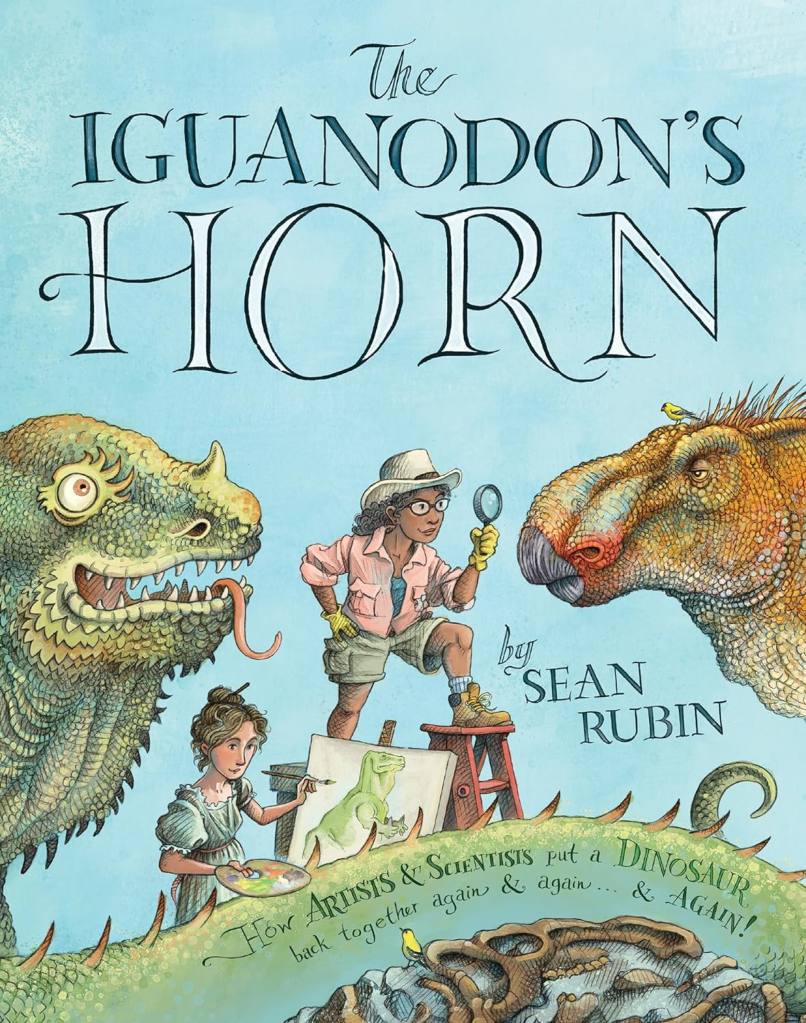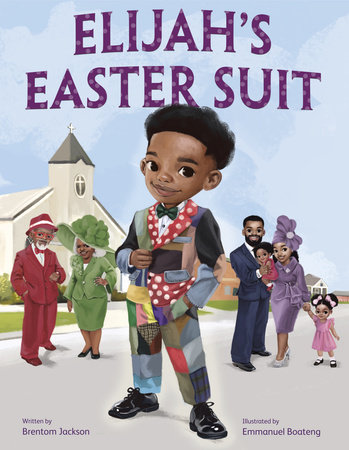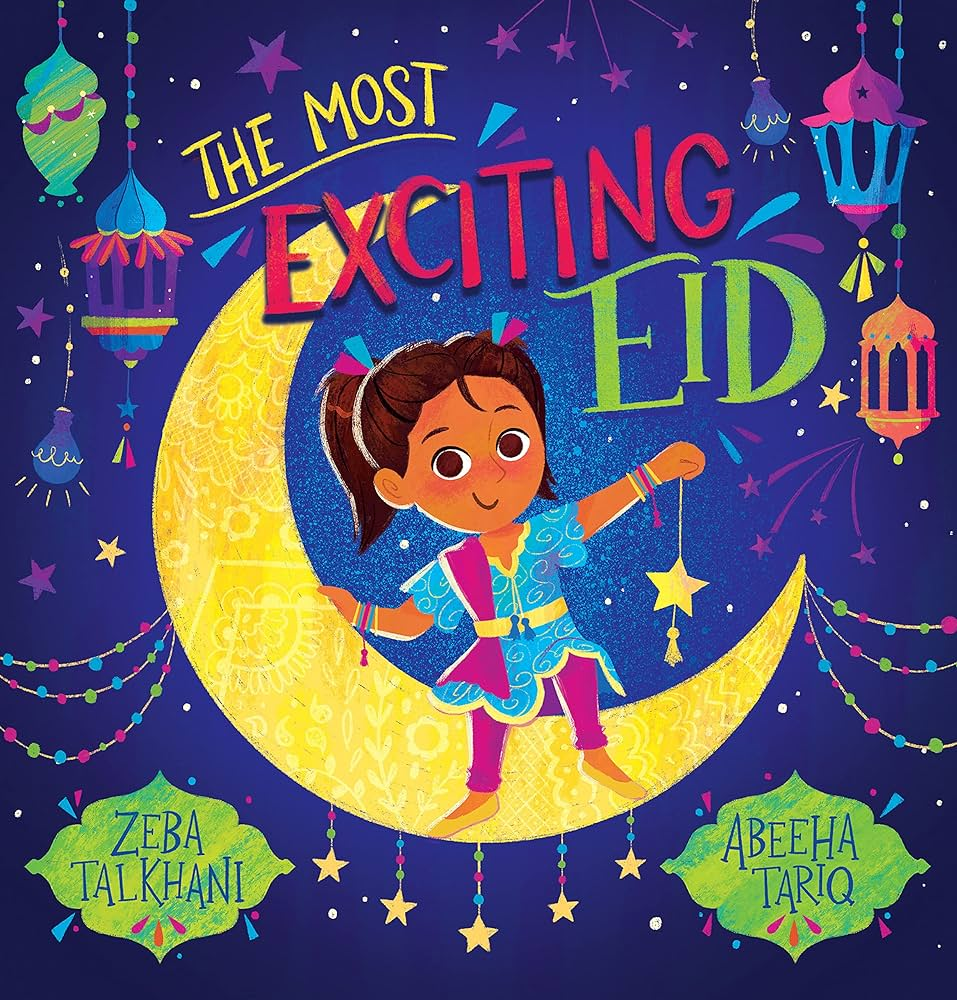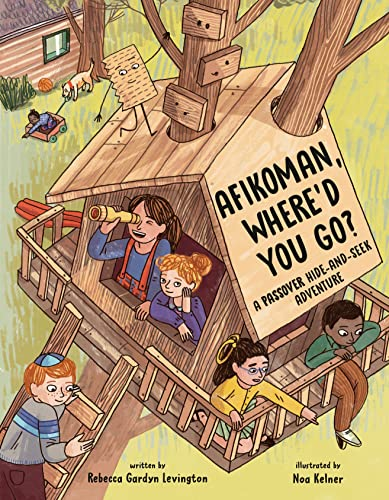Roar-Choo! by Charlotte Cheng, illustrated by Dan Santat (Rocky Pond Books, 40 pages, ages 4-8). When a dragon catches a cold, its phoenix friend wants to help it slow down and rest. But the dragon insists that dragons are strong and never quit. By the end, not only has the dragon come to understand that rest can be a good thing, but the phoenix realizes that being patient and cheering can also be exhausting. The last page sees them napping together. Includes an author’s note explaining that in the Chinese tradition, the dragon represents male strength and bravery, and the phoenix, female grace and generosity. She chose to write the story without pronouns to make these traits more universal.
Built to Last by Minh Lê, illustrated by Dan Santat (Knopf Books for Young Readers, 40 pages, ages 4-8). Two friends who resemble a young Minh Lê and Dan Santat meet when they’re about preschool age when they discover a mutual love of building things. As they get older their creations grow in size–and so do their failures. When they’re little, they can laugh these off, but as time goes by, that gets harder to do. When their biggest project of all doesn’t work out, they’re ready to call it quits on being friends. But remembering all their good times together leads to the reconciliation of a friendship that’s been built to last.
I wasn’t overly impressed by either one of these stories, which both seemed a bit didactic. I was a bit disappointed since one of my favorite read-alouds is the Minh Lê/Dan Santat creation Lift. But Santat’s illustrations in both books are gorgeous, and any dragon fan will be drawn to them immediately.




